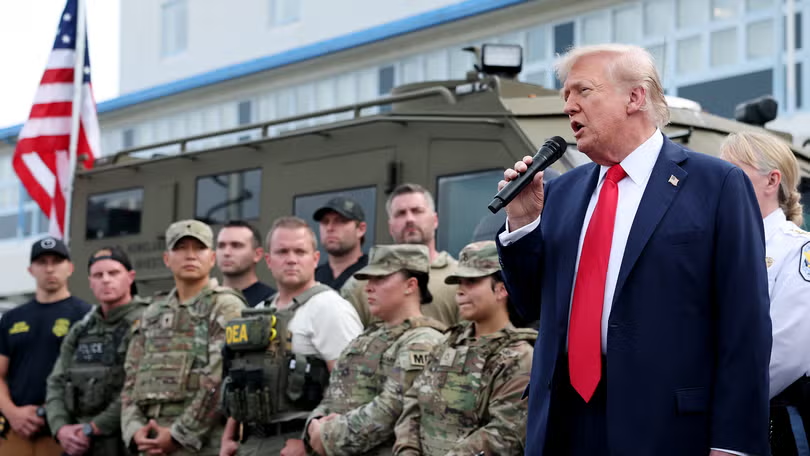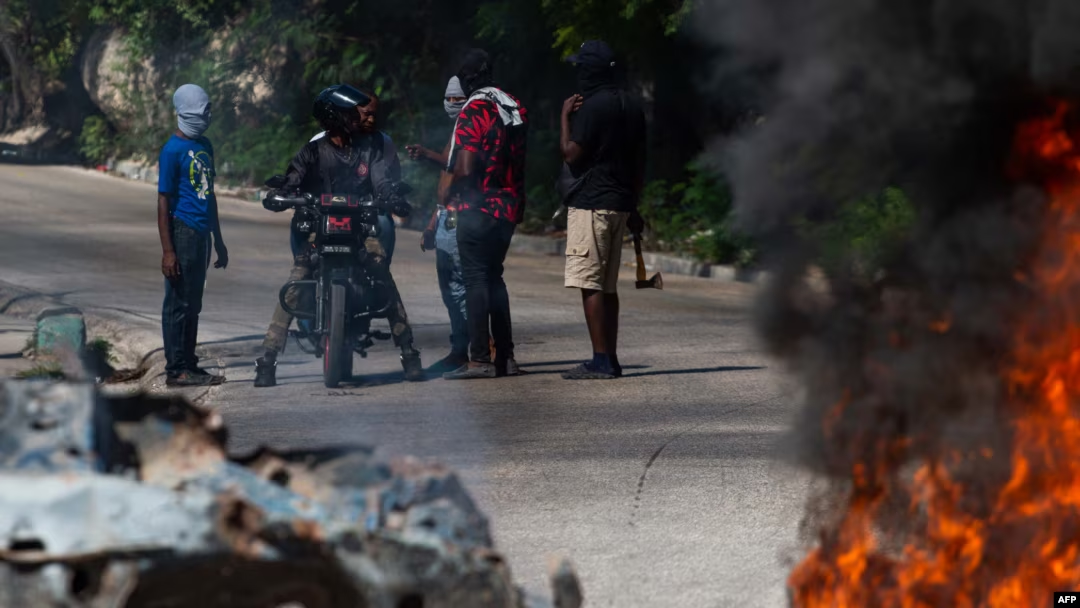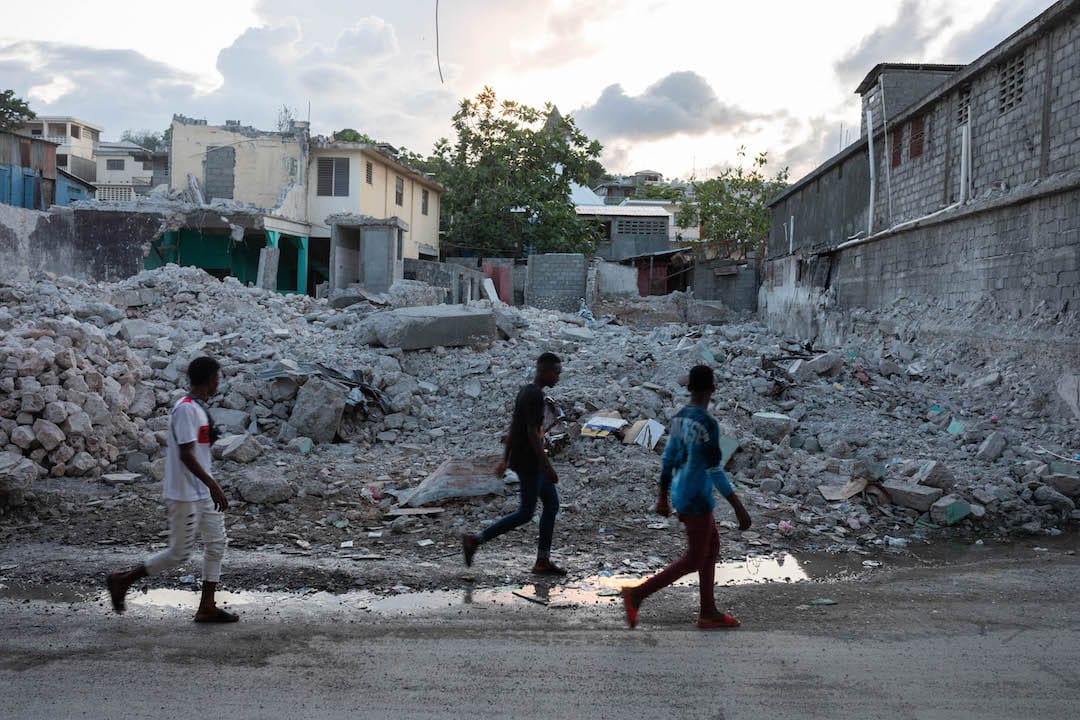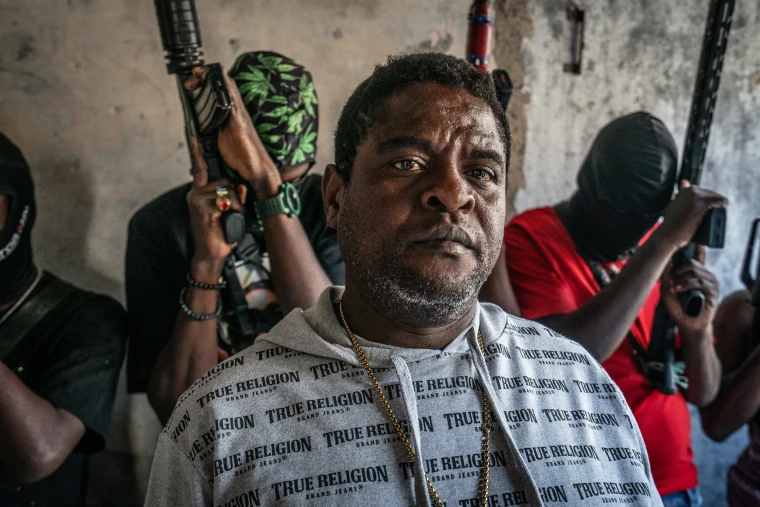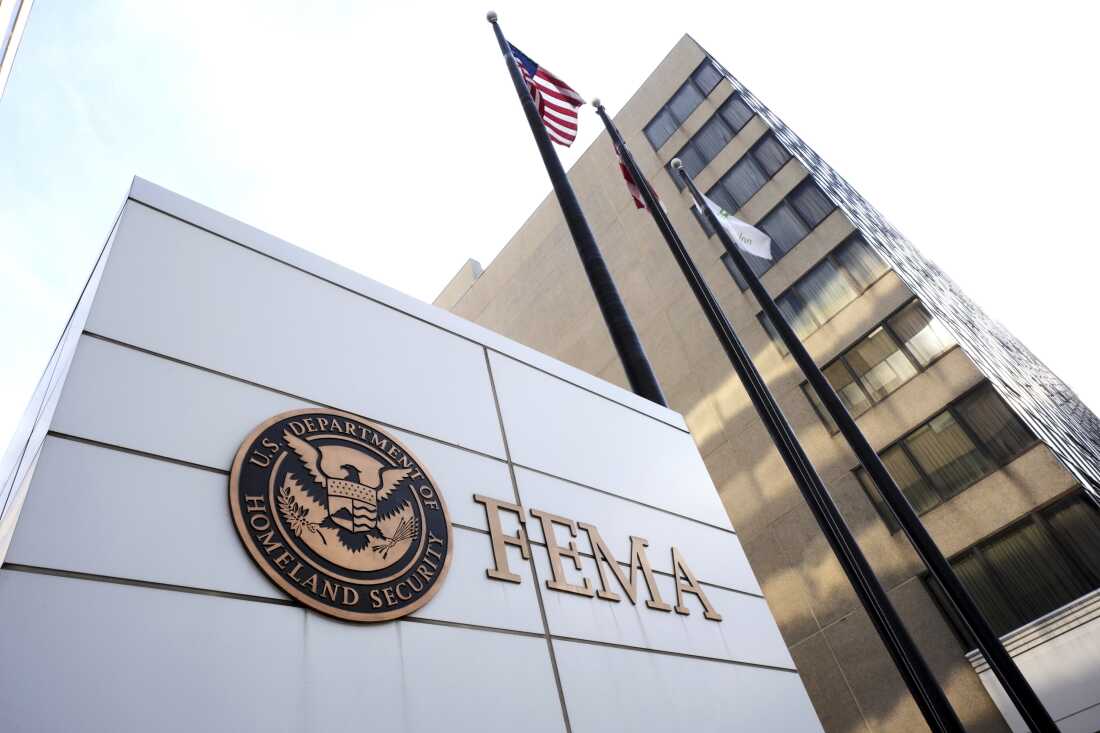In a striking blend of political drama and personal routine, former President Donald Trump’s visit to Washington, D.C., took an unexpected turn when he was spotted at a local gift shop and later attending an event at the Kennedy Center. The outing occurred amid heightened tensions in the capital, as a military crackdown unfolded in response to ongoing security concerns. The juxtaposition of a lighthearted shopping trip with the gravity of a city under heightened military presence raised eyebrows, prompting renewed debate about Trump’s public persona, political symbolism, and timing.
The Context of a Capital Under Military Watch
Washington, D.C., has often been the stage for political turbulence, but the sight of military vehicles stationed across key avenues and armed personnel guarding government buildings painted an especially tense picture. The crackdown followed warnings of potential unrest, and the city’s security apparatus was visibly on high alert. Barriers, checkpoints, and a heightened sense of surveillance reminded residents and visitors alike of the capital’s volatility.
Against this backdrop, Trump’s movements took on amplified significance. Any public outing by a former president, particularly one as polarizing as Trump, tends to spark attention. Doing so in the middle of a militarized atmosphere added further layers of meaning—intentional or not.
The Gift Shop Stop
Trump’s first stop of the day was at a gift shop not far from the National Mall. Witnesses described the scene as surreal: a relaxed Trump browsing souvenirs while soldiers patrolled the streets outside. Dressed in his signature suit and red tie, he reportedly took time examining novelty items, patriotic memorabilia, and even posed briefly with a few supporters who recognized him inside.
For Trump, such moments have always been an opportunity to reinforce his connection to ordinary Americans. The former president has long cultivated an image of accessibility—someone who enjoys mingling with the public despite his larger-than-life status. His gift shop visit, while seemingly mundane, offered him a stage to display that persona. Supporters praised his willingness to engage in everyday activities during turbulent times, while critics saw it as an intentional trivialization of the crisis unfolding outside.
An Evening at the Kennedy Center
Later that evening, Trump made his way to the Kennedy Center for a cultural event. The Kennedy Center, a national landmark known for its celebration of the arts, stood in stark contrast to the barricaded streets and military checkpoints surrounding the capital. Trump’s arrival was met with mixed reactions—applause from some attendees, while others viewed his presence as politically charged.
During his presidency, Trump’s relationship with the arts community was often strained, with many artists openly critical of his policies. His appearance at the Kennedy Center, therefore, carried symbolic weight. Some observers interpreted it as a gesture of reclaiming space where he had historically faced pushback, while others framed it as a calculated move to project calm and normalcy in the midst of crisis.
Symbolism and Strategy
What made Trump’s outing significant was not just the locations he visited but the timing. A gift shop and the Kennedy Center might seem like ordinary stops in any other context, but doing so while the city bristled with military presence gave the trip an air of deliberate contrast.
Trump has long understood the power of optics. Whether standing before church ruins during protests or staging rallies in contested regions, he has often used public appearances to reinforce political narratives. By engaging in leisurely activities in the midst of a crackdown, Trump appeared to be sending a message: that he remains unfazed by turmoil, that he embodies resilience, and that life goes on despite political turbulence.
Public Reaction
Public response was predictably polarized. Supporters praised the former president for refusing to hide or be intimidated by the military presence. They saw his gift shop visit as a demonstration of authenticity and his Kennedy Center attendance as proof of leadership and confidence. To them, Trump’s willingness to move about in a tense capital reinforced his image as someone unafraid to face adversity head-on.
Critics, however, were far less forgiving. They argued that his outings trivialized the seriousness of the situation. To them, shopping for trinkets and attending a cultural event while troops patrolled the streets symbolized detachment and insensitivity. Some also questioned whether the visits were carefully staged distractions meant to draw attention away from the reasons for the military crackdown itself.
The Broader Implications
This episode highlights the continued polarization of Trump’s role in American political life. Even out of office, his actions carry a weight few other figures can command. A simple shopping trip becomes a political statement; an evening at the Kennedy Center turns into a lightning rod for commentary.
The military crackdown, meanwhile, underscored the fragility of stability in the nation’s capital. For many residents, the tension in the streets overshadowed any symbolic gestures. Yet Trump’s presence injected another dimension into the unfolding narrative—an emblem of America’s unresolved divisions, and a reminder of how closely intertwined politics, performance, and public perception have become.
Conclusion
Donald Trump’s visit to a D.C. gift shop and the Kennedy Center during a period of military crackdown was more than a casual outing. It was a carefully observed event, layered with symbolism, interpretation, and controversy. Whether one views it as a display of resilience, a show of disregard, or simply another chapter in Trump’s unconventional public life, the episode reflects the complex intersection of politics, security, and spectacle in modern America.
In a city on edge, even the simplest of actions—a souvenir purchase or attendance at a cultural performance—can become a statement. For Trump, a figure who thrives on symbolism and spectacle, that fact may have been precisely the point.
